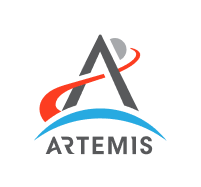PROJECT SUMMARY
Over the course of 12 weeks, I worked with a group of 5 designers and researchers to develop design principles around how Headspace can better ‘Show up’ for its users on the weekend. Headspace asked us specifically to look at people who are making positive changes in their lives and explore the impact of the transition from weekdays to the weekend on their behavior. My role was User Researcher and UX Designer.
Problem Space
Self improvement and positive behavior change are common areas of interest among Headspace users. Typically, however, users tend to drop off during the weekend and struggle to get back on track when the new week begins. Consistent, active engagement with the app tends to be impacted by the weekends, and we set out to understand why.
Challenges
Designing for long-term engagement in order to support users in accomplishing their goals is a delicate balance. Encouragement via push notifications, which are frequently ignored, tends to be ineffective, and daily reporting activities can feel onerous, causing users to drop off.
For more traditional working professionals who work Monday thru Friday, there is a stark contrast between week and weekend behavior. Weeks tend to be meticulously planned and very busy, while weekends are a large chunk of unstructured time. This leads to imbalances in behavior and attitudes as people transition back and forth.
Result
The result is two key feature recommendations for Headspace related to more effective weekend planning as well as encouraging presence throughout the week. The features include daily reflective moments, weekly reporting, and a weekend vision boarding activity.
Daily reflective moments
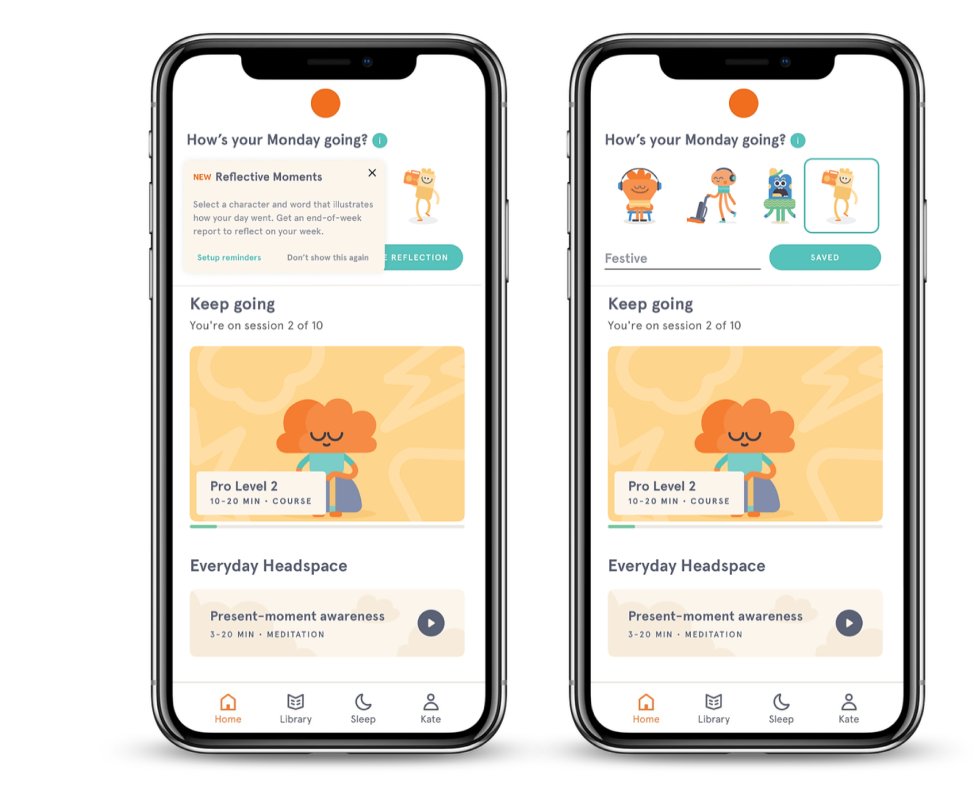
An opportunity to reflect each day about how they are feeling. Users choose a character that best depicts how they are feeling and then enter a descriptive word for more personalization.
Simple end of week report

At the end of the week, users are presented with a report on their home which shows all of their daily reflections throughout the week. This is able to inform how users plan for their weekend ahead.
Users are better able to understand their moods and notice patterns throughout the week that may be helpful in changing behavior, being more present, and enjoying moments of joy more frequently.
Vision board to set intentions

Users are able to be more mindful about their weekend ahead by selecting words to describe what they want from their upcoming weekend in a madlib style activity. The interactive vision board responds to user input and personalizes the vision board image accordingly.
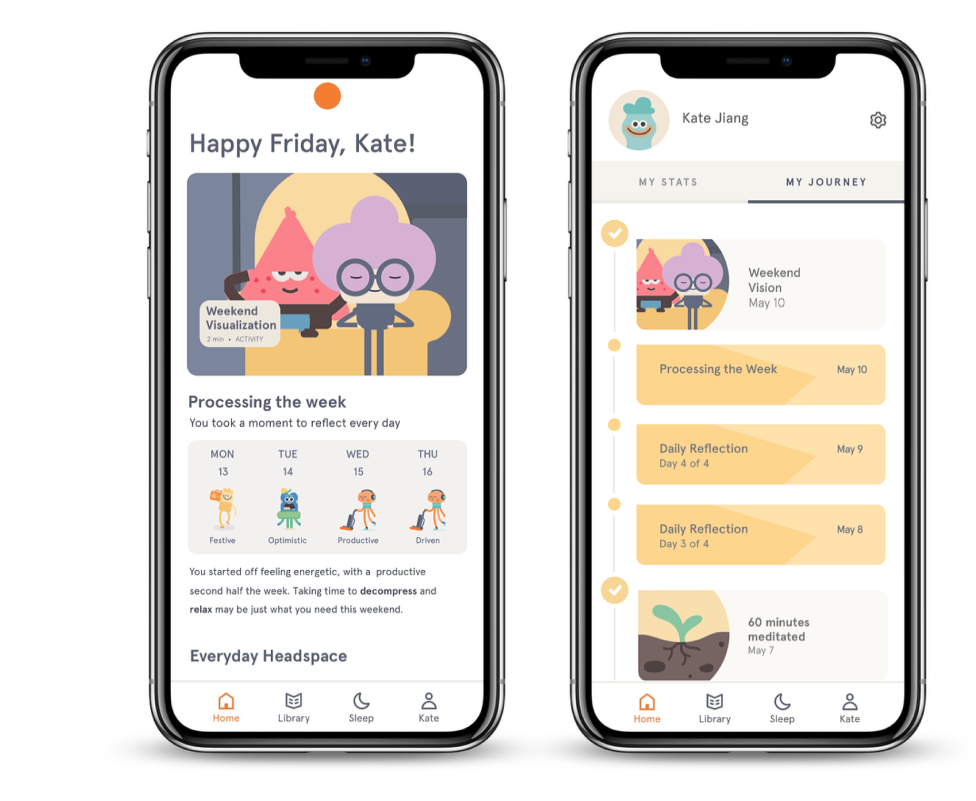
Their personalized vision board and intention statement replace the hero image on users’ home page. This becomes a welcome reminder of what they had hoped for the weekend and reminds users to take moments to be present, reflective, and intentional throughout their day.
Manage notifications and track progress
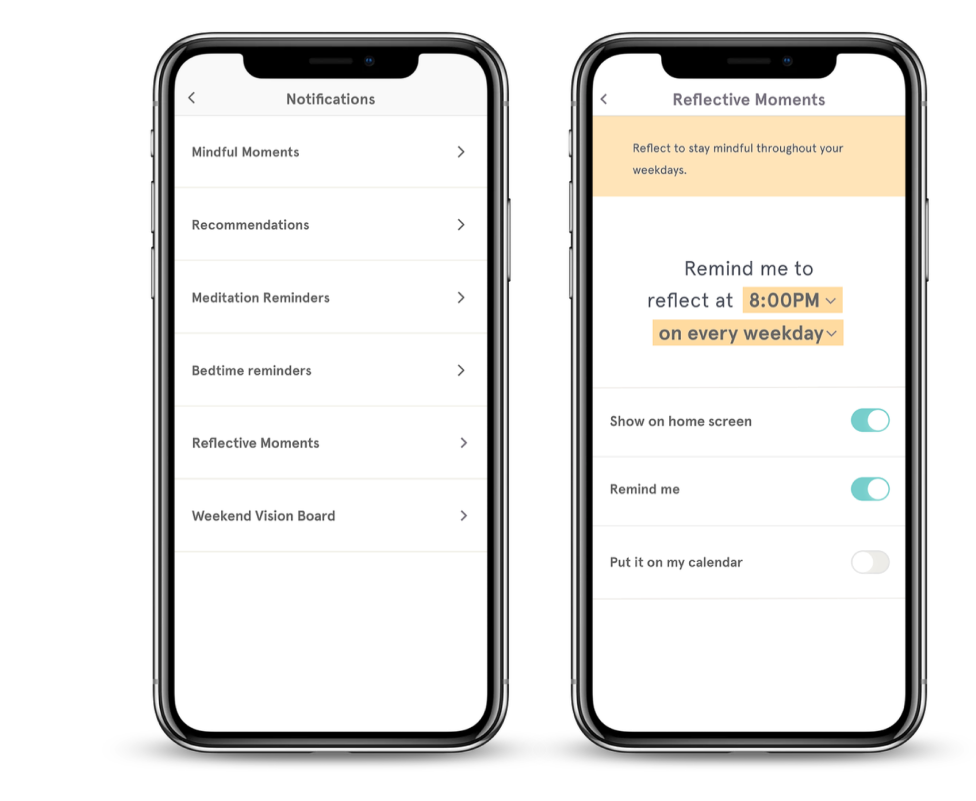
In order to avoid notification fatigue, we allow users to determine when and how they would like to receive notifications.
Notifications for the daily reflections and vision board activity stand out from other Headspace notifications through visual changes focused on personalization.
Process
We began by talking to people who were seeking out positive behavior change in their lives about how the weekend impacts their goals. This, coupled with expert interviews, competitive analysis, and an exploration of Headspace’s current offerings, enriched our knowledge of the problem space. We also worked to understand attitudes toward the weekend through a public installation in the CMU MHCI lab space, mode mapping exercises, and two week long diary study.
Background Research
Our research phase began with the goal of better understanding the impact that weekends have on positive behavior change.
We interviewed 6 people who were seeking out positive behavior change in their lives as well as 2 academic experts in the area of long term habit formation and attitudinal shifts. We also surveyed over 70 people to better understand their attitudes toward the weekend. We analyzed survey results and were able to uncover key insights that informed our mode mapping activity and interviews.
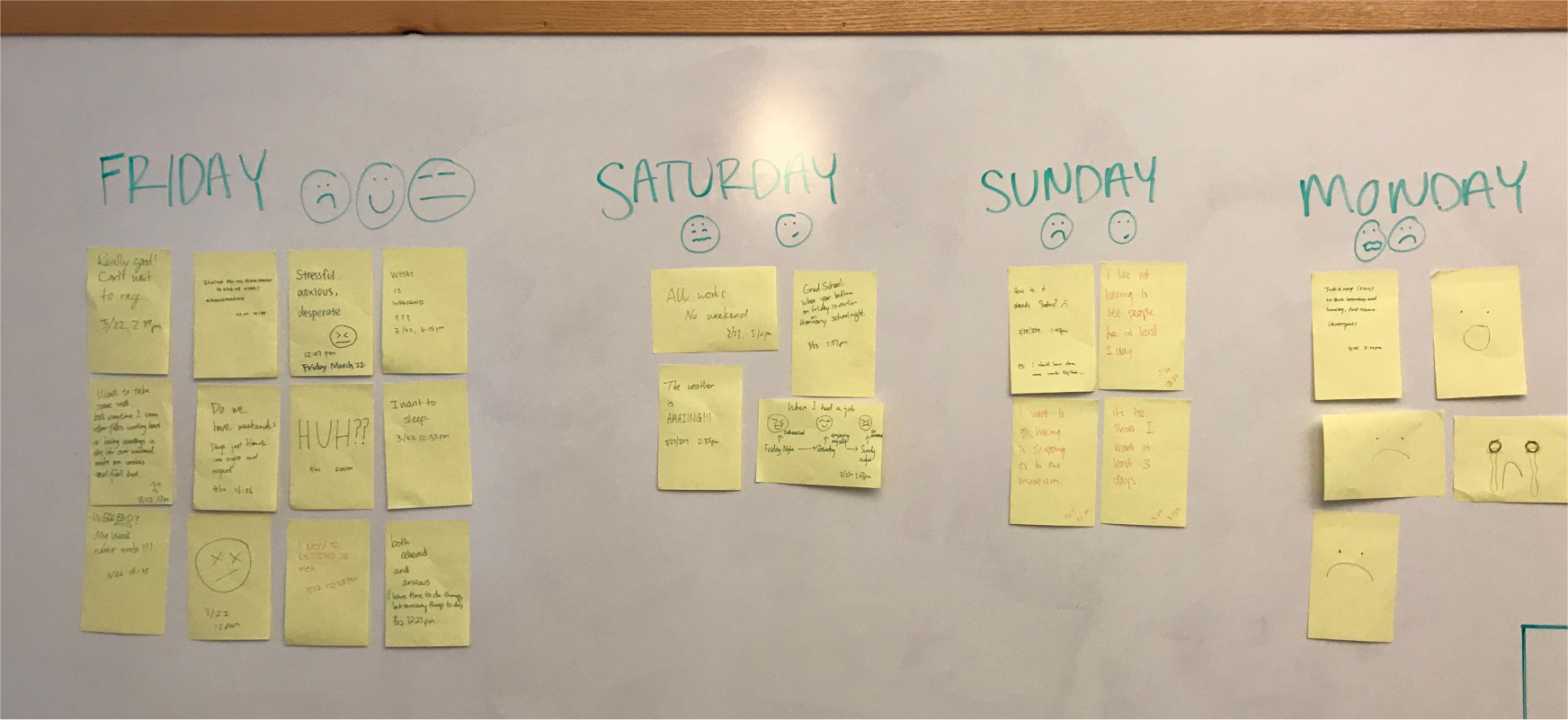
Throughout the course of our project, we placed a board in public spaces with the simple questions “How do you feel about the weekend?“. Each week, people would add their thoughts, feelings, and hopes for the upcoming weekend. We analyzed trends and were able to uncover patterns over time.

We conducted 7 interviews centered around a mode mapping exercise where users could consider the different modes or roles they take on during the weekend. They would then map their feelings over time related to these roles. Users first mapped the previous weekend and then their ideal weekend for comparison. Through this research exercise, we were able to find common behavioral trends among our users.
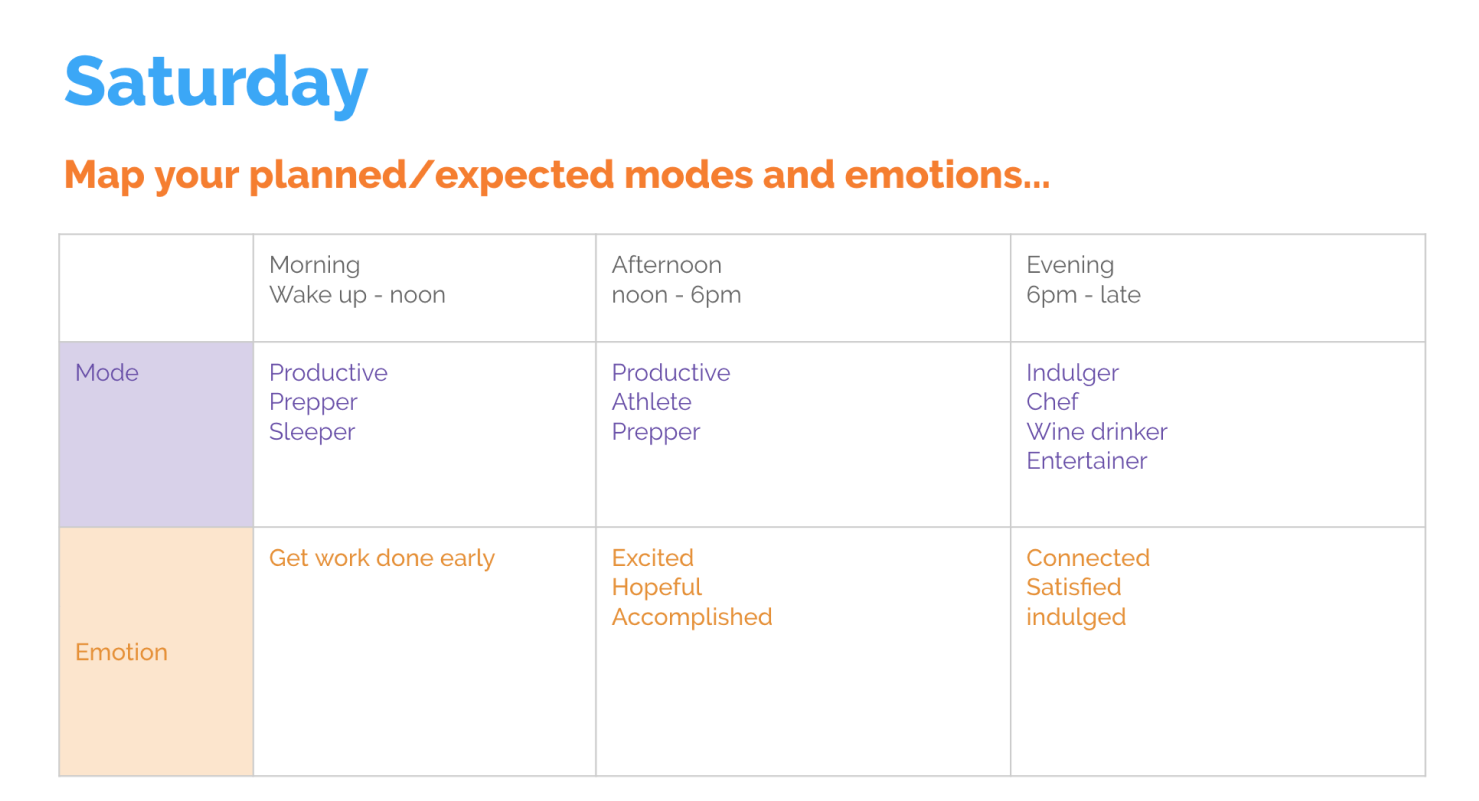
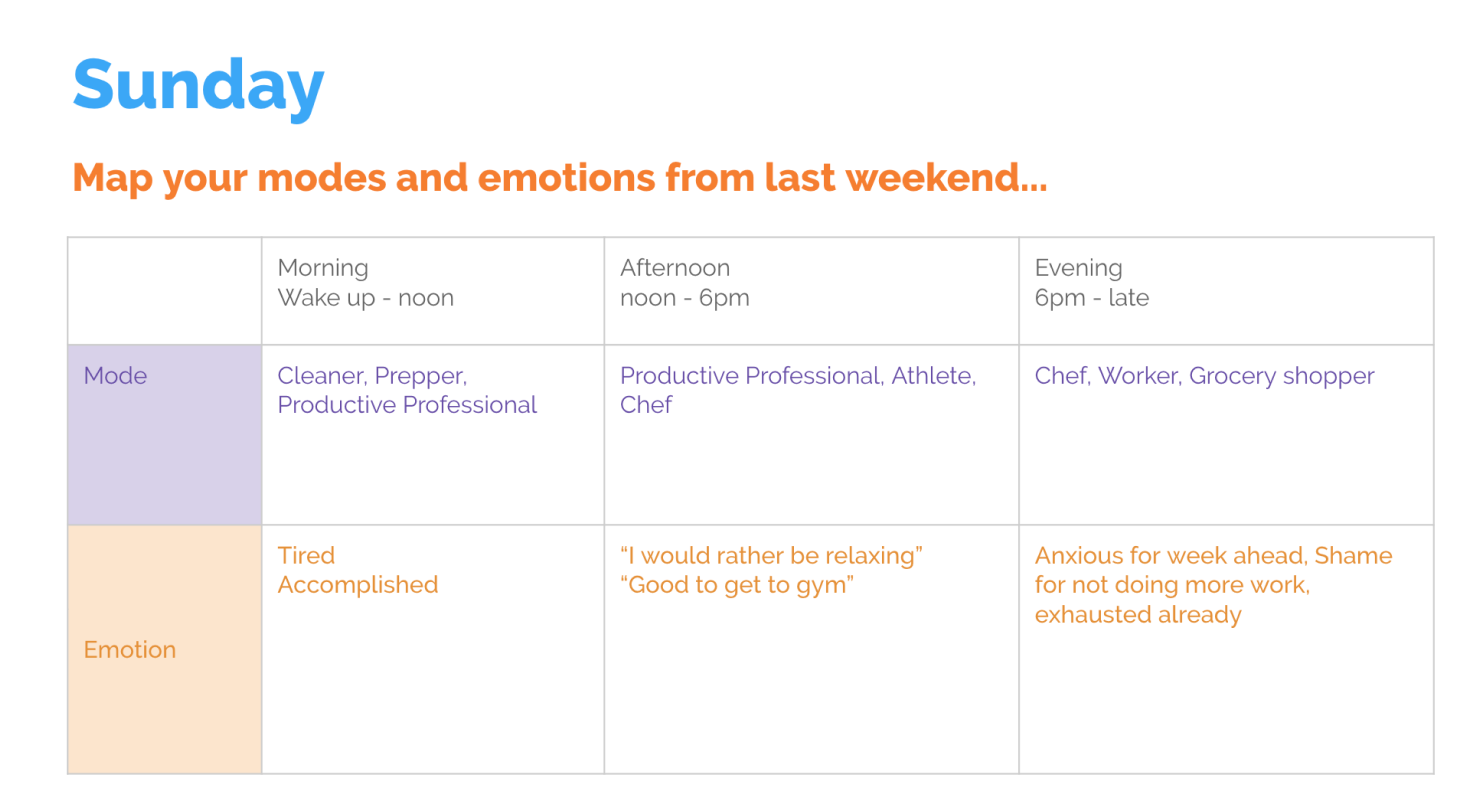

Key Findings
Finding 1. Weekends are under A LOT of pressure
Most people hope to use their weekends to recharge for the next week, but they also want to attend social events, do chores, get ahead on work, spend time with loved ones, rest AND relax. We found that people often put a lot of pressure on what the weekend can realistically do for them.
“The weekend is one of the less mindful times that I have, because when I don’t think I have any obligations, I want to let everything go otherwise I don’t feel recharged. Mindfulness can be taxing.”
Finding 2. Nobody feels great about their weekends
Typically, the unrealistic expectations and large amounts of goals people have of weekends leave them feeling unsatisfied, stressed, and still exhausted on Sunday evenings.
Weekends are often the time that I get most of my household chores done. I also hope that I can relax, recharge, and have some fun. I always have high hopes and grand plans, but usually end up not accomplishing much.”
Finding 3. Weekend feelings start on Thursday (sometimes even earlier)
Even if it is just the thought of doing nothing in a few days, people beging to consider their weekend plans as early as Thursday evening. This includes both intentional planners and those who plan more loosely or not at all.
“I start thinking about my weekend on Thursday night or Friday morning. Knowing that I have a break ahead is usually what gets me through to the end of the week.”
Finding 4. Weekends typically “happen to” most people
Sunday evenings tend to leave people wanting more or even regretful and guilty about not accomplishing enough during the weekend. This tends to exacerbate the stress they feel about the week ahead and inhibits their ability to enjoy the remaining weekend time.
“On Sunday, I tried to relax, get a good night’s sleep, but I still felt stressed about the next week”
Weekend Behavioral Archetypes
Based on common behaviors and attitudes we observed, we were able to develop three behavioral archetypes: The Master of Balance, The Underachiever, and The Decompressor.

The Master of Balance is an aspirational archetype who realistically plans weekends, setting aside time to relax without feeling guilty.
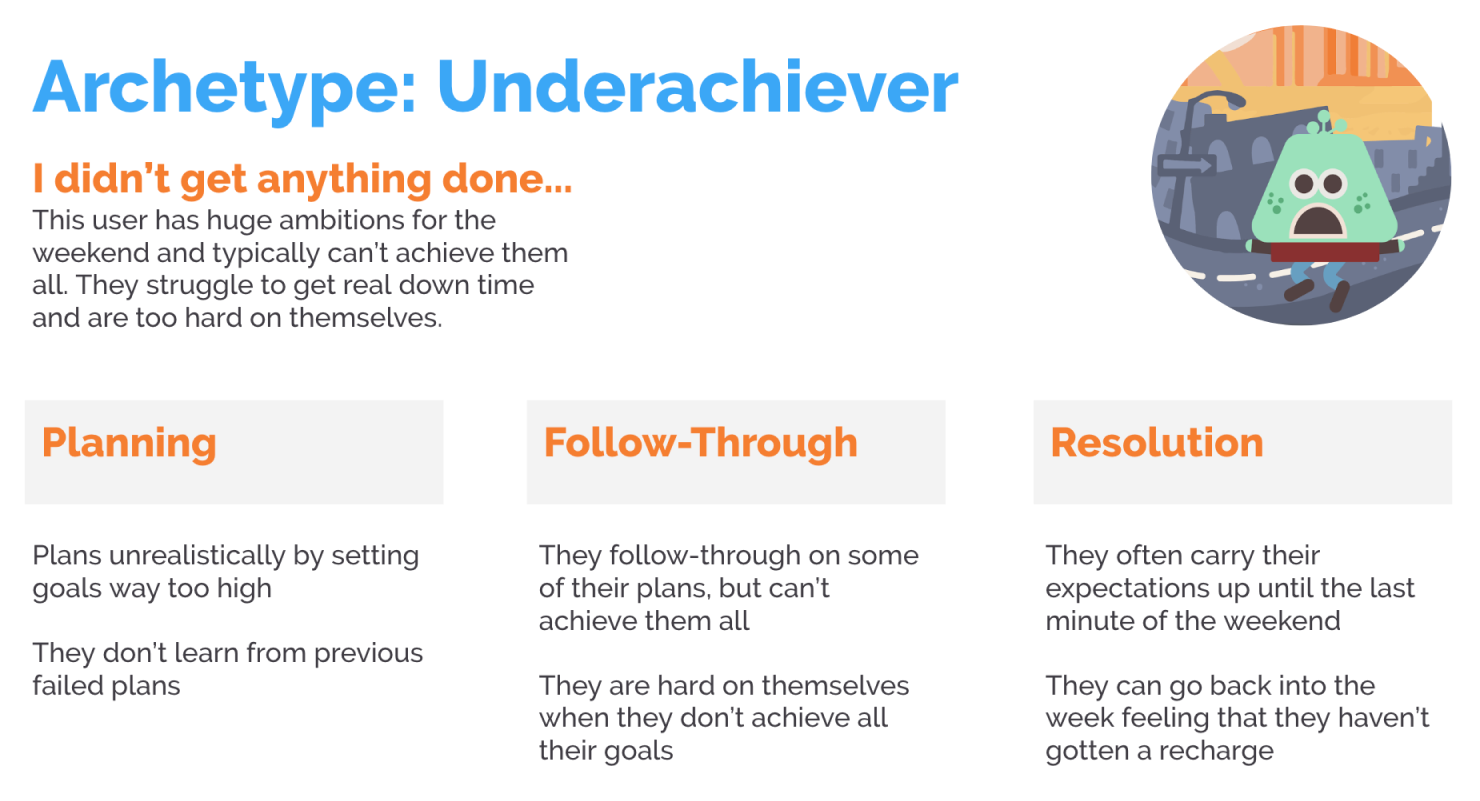
The Underachiever plans to do too many things and is unable to accomplish everything, leaving them feeling disappointed.
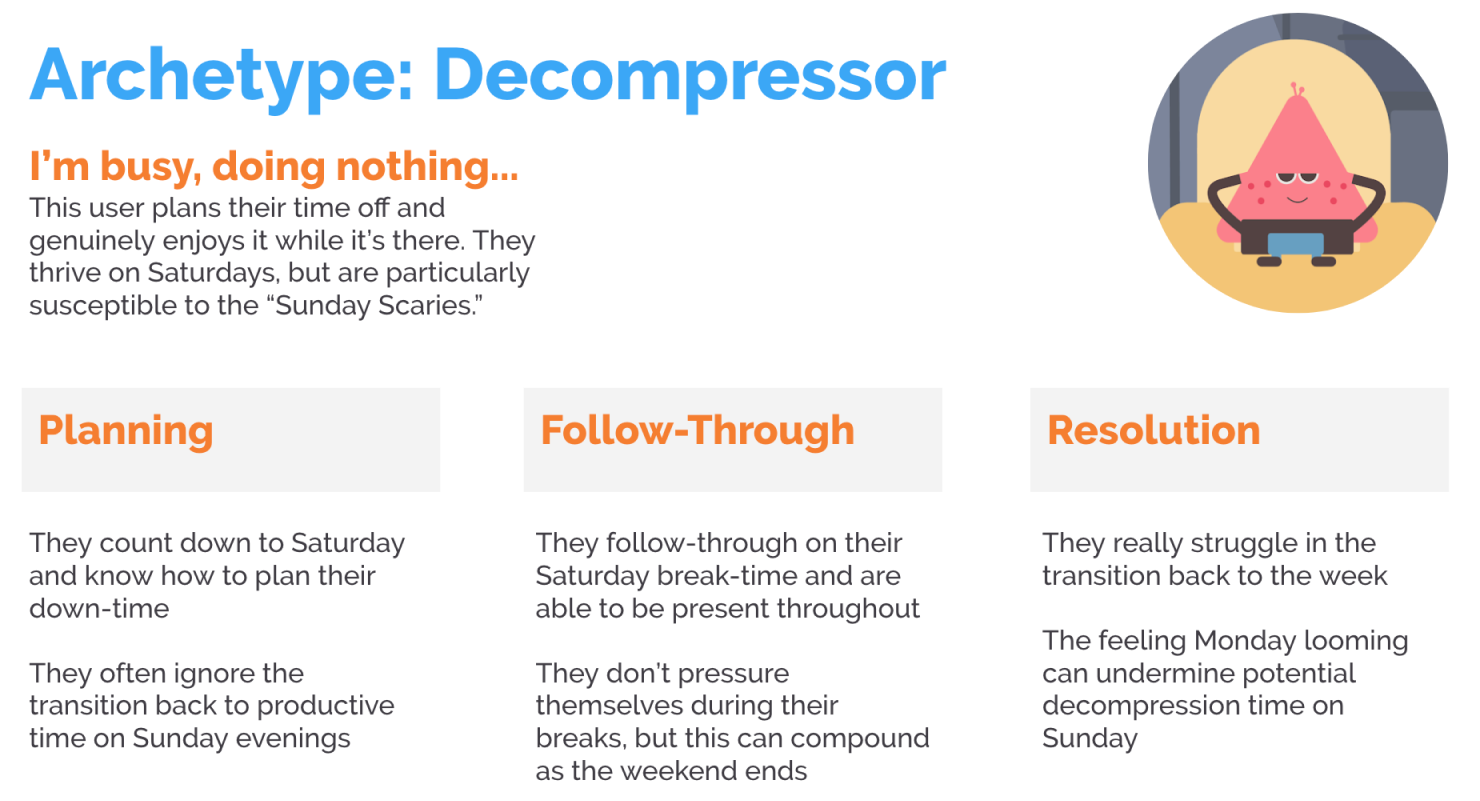
The Decompressor deliberately sets time aside to relax, but tends to do too little on Saturdays which leads to anxiety and stress on Sunday afternoons.
These archetypes guided us through our ideation phase as we tried to come up with solutions that would enable each group to achieve weekend success.
Ideation
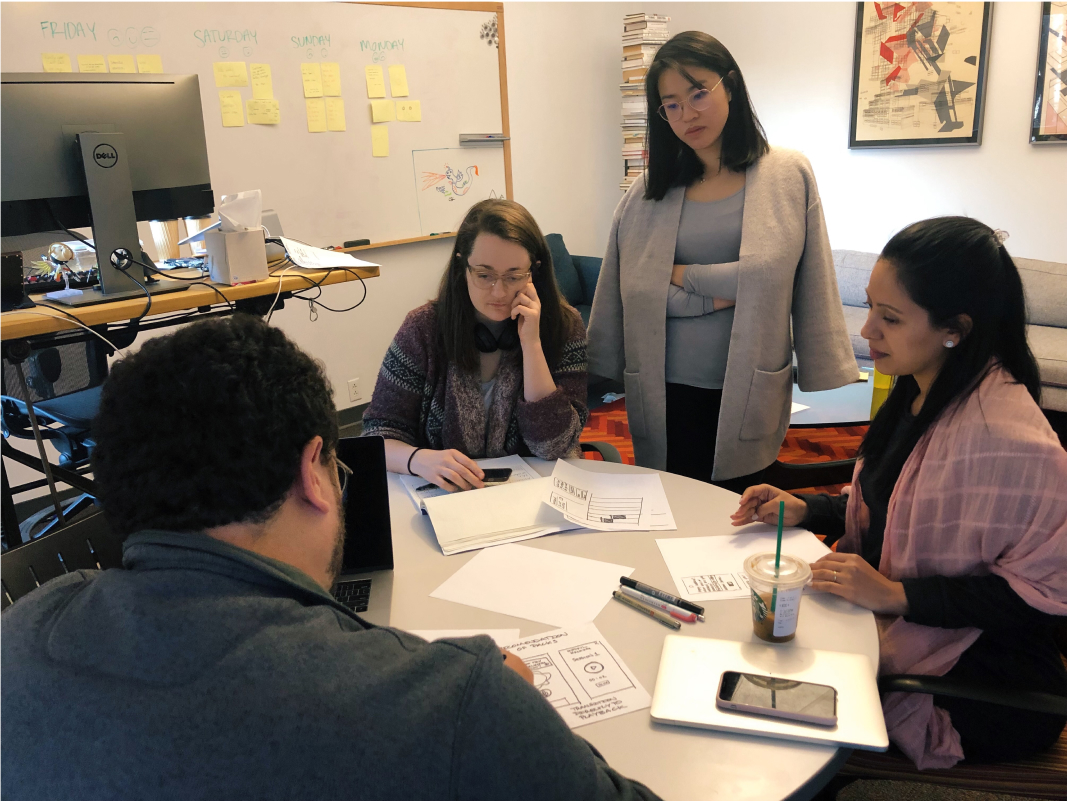
With archetypes in mind, we began sketching solutions. We focused on activities, features, and UI components that would enable each archetype to get closer to becoming the Master of Balance.
We grouped our ideas into three key direction areas to pitch to the client. These areas were: weekend planning, weekend content, and good time metrics.

Weekend planning focused on helping users better prepare for the weekend by setting realistic goals and intentions.
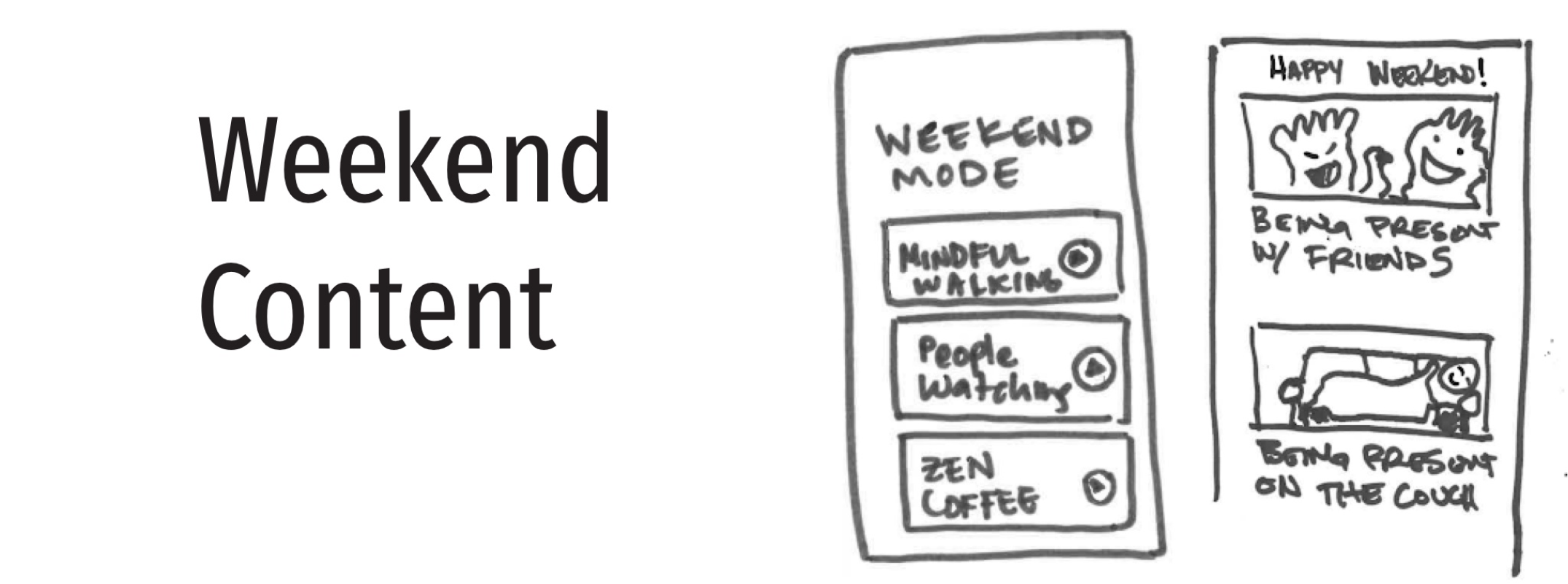
Weekend content focused on changing the look and feel of the Headspace app for the weekend and delivering users weekend specific content.
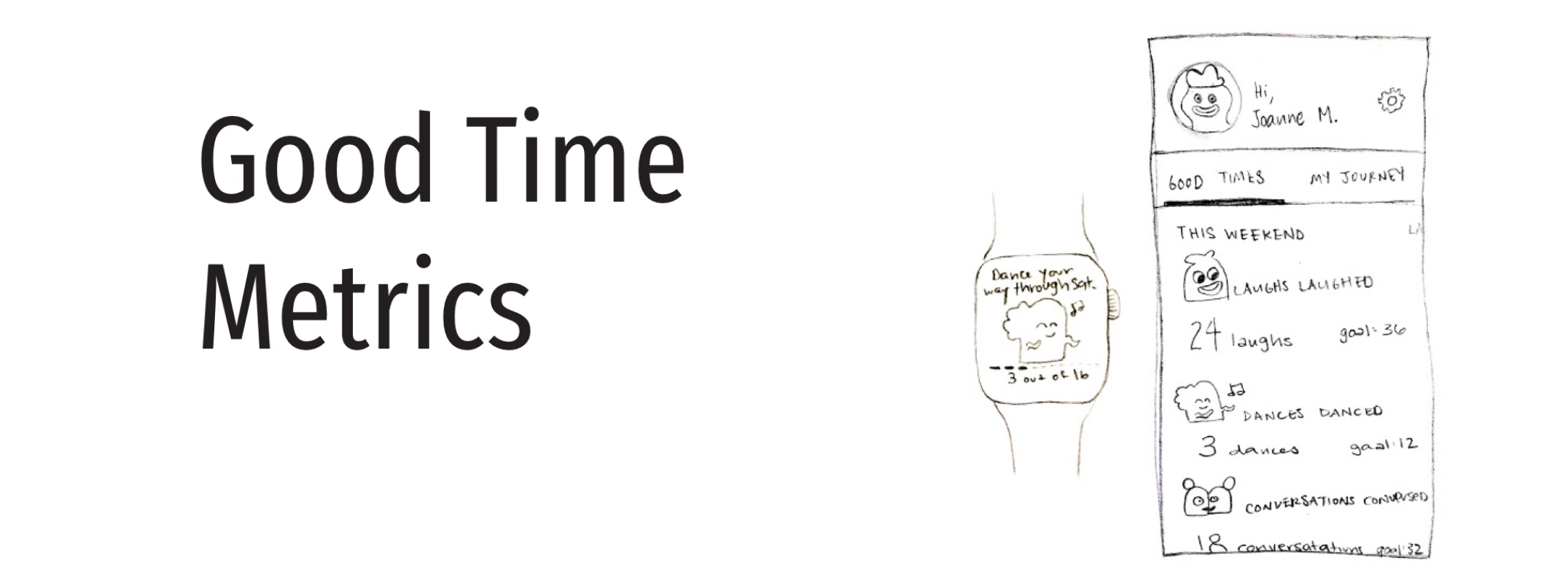
Good time metrics focused on users defining what a good time looked like for them and then quanitfying that and returning a visualization of analytics for users to see.
Prototyping and Diary Study
Based on client feedback, we chose the topic area of weekend planning. We began prototyping and conducted a two week diary study with 6 users to test our ideas. Based on an initial survey, users were categorized into our two main archetypes: Decompressor and Underachiever.
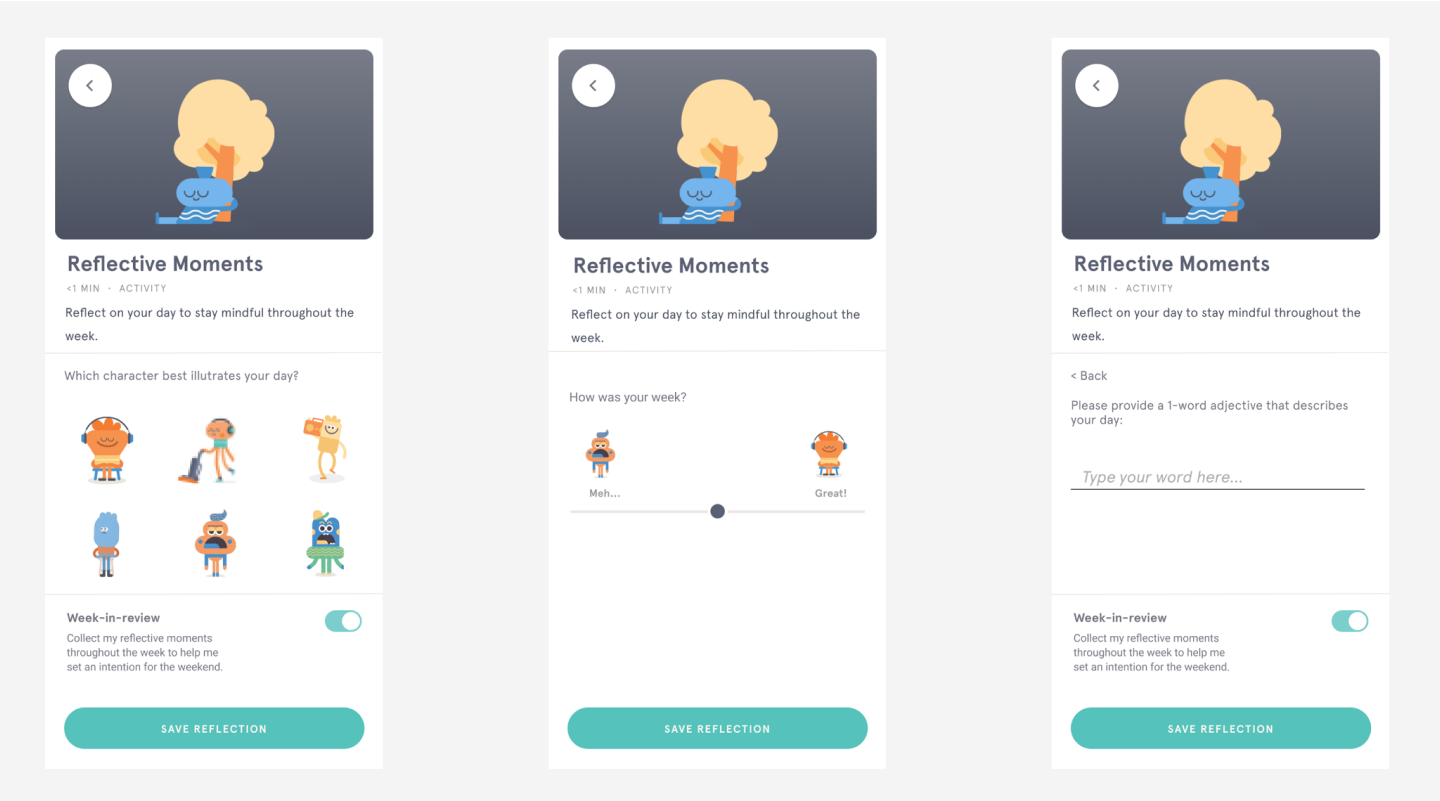
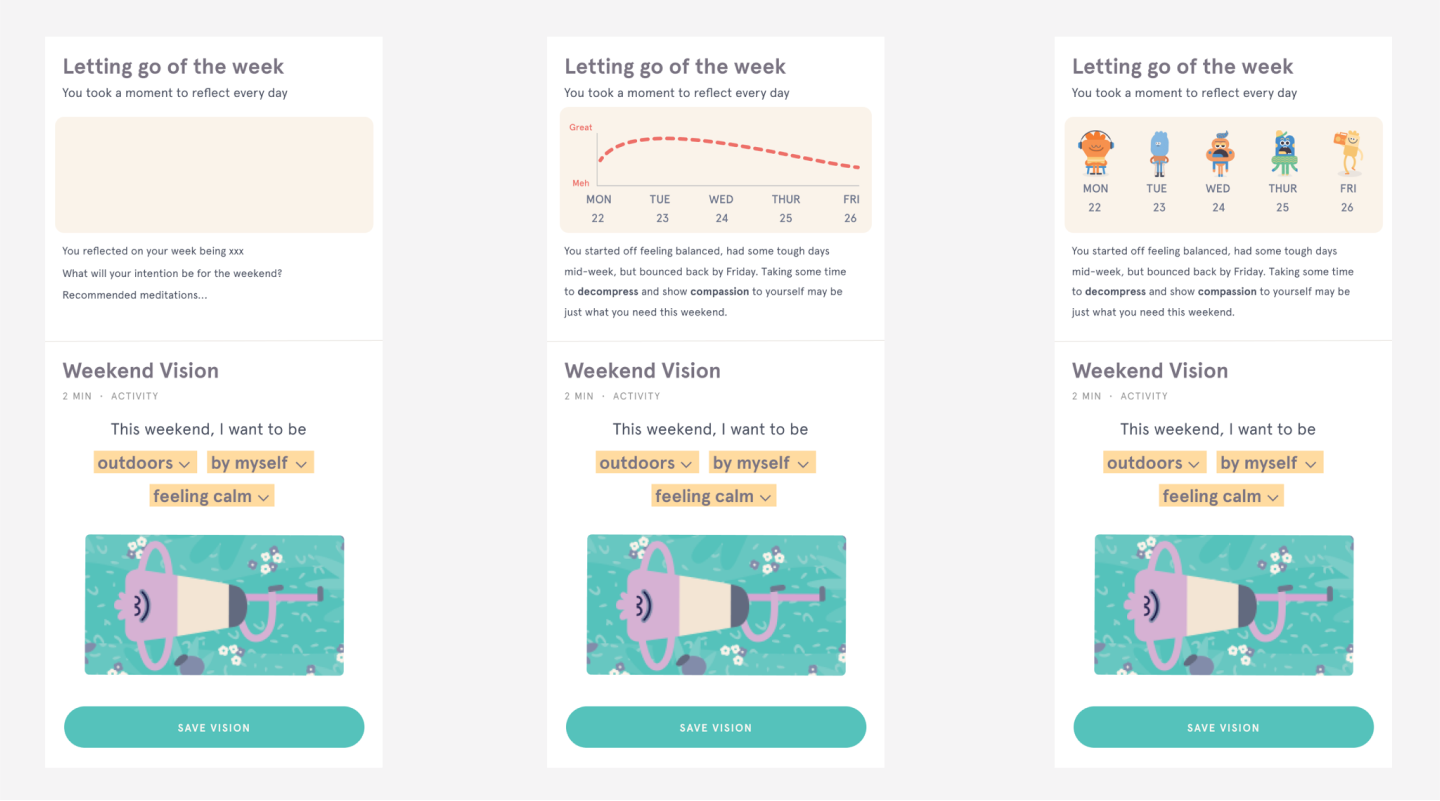
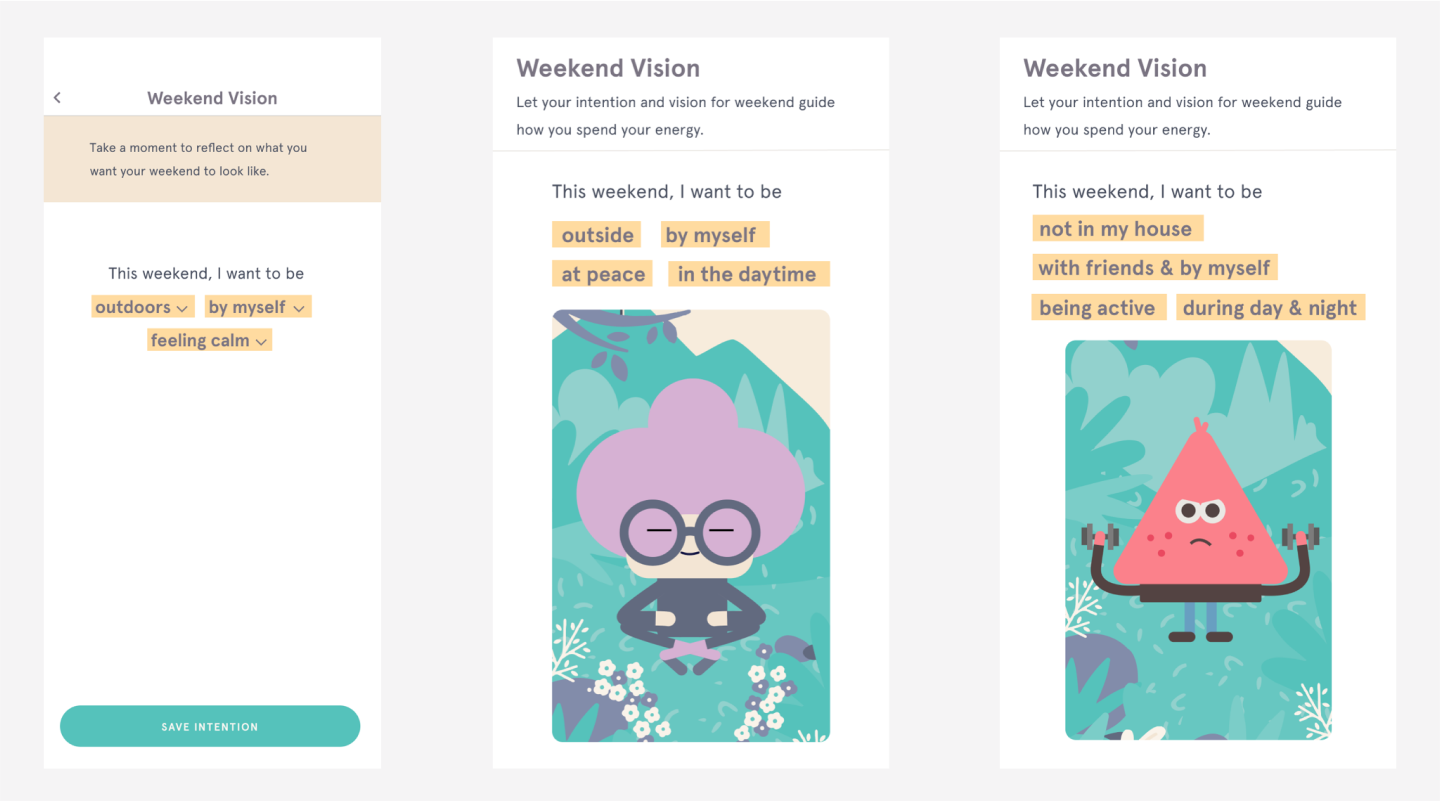
We notified users to complete a set of activities to complete including a daily reflection, a weekly reflection, an end of week report and a weekend vision board.
On the second week, we switched which activities they received. By doing this, we were able to better understand and measure which activities were most effective for each archetype in helping them have a more successful weekend and feel more prepared and rested for the week ahead.
Final Design Decisions
Our ideation and diary study allowed us to identify key features and design principles that would be most useful to Headspace moving forward. While we tried to follow Headspace’s design patterns as we built our prototype, we realized that moving forward, they will be using our insights wherever they make the most strategic sense.
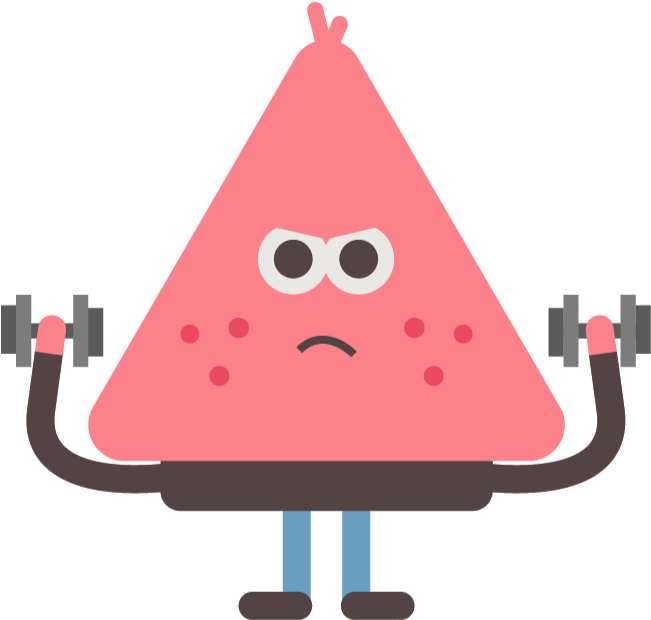
Priority 1. Help users set intentions
Assisting users in getting ahead of the weekend before the weekend comes is helpful. Setting intentions also helps people think more realistically about their weekend.
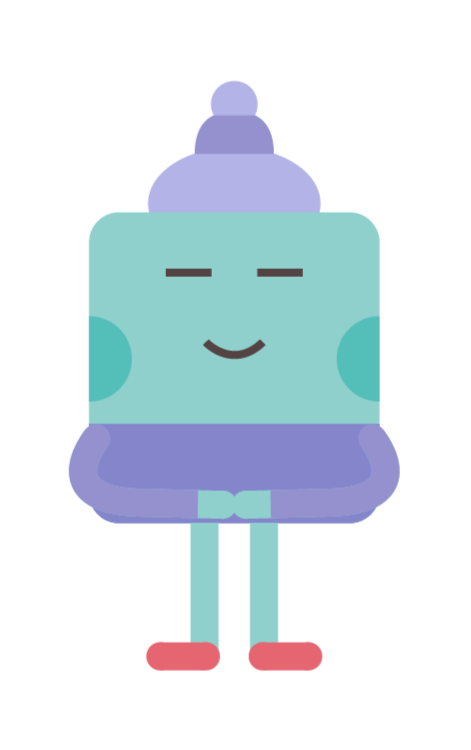
Priority 2. Offer thoughtful reflection activities
Taking time to reflect can help inform weekend intention setting and also help users be more mindful and present during their weeks.
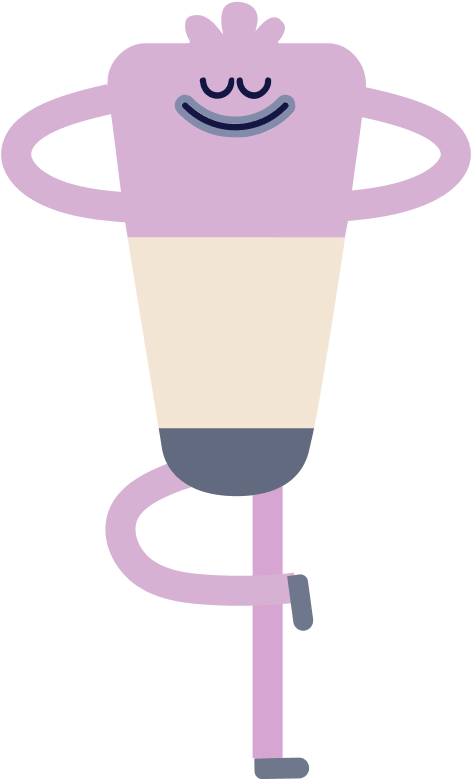
Priority 3. Facilitate a more balanced and intentional weekend
“Sunday scaries” affect “Decompressors” the most. By encouraging more reflection during the week, people won’t have to completely disengage on Saturday, thus taking some pressure off of Sunday.
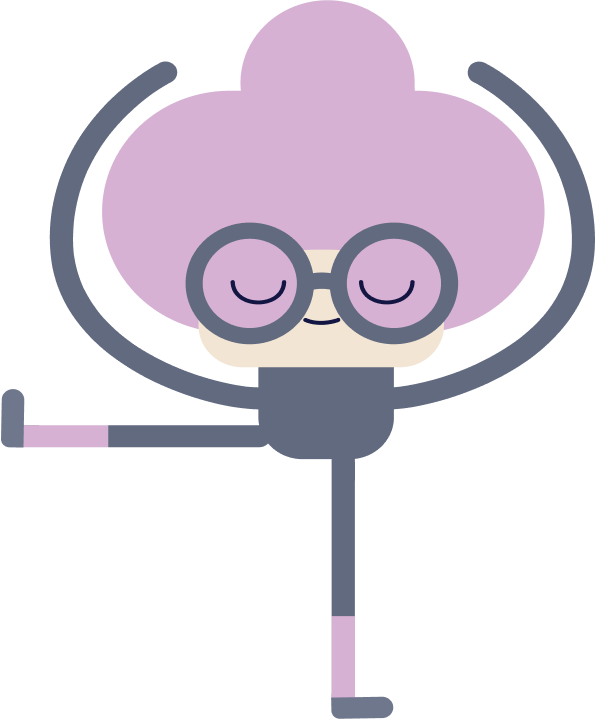
Priority 4. Maintain playfulness and lightweight interactions
While these activities can be helpful and effective for users, maintaining playful and lightweight interactions is essential to prevent activities from being perceived as laborious.



